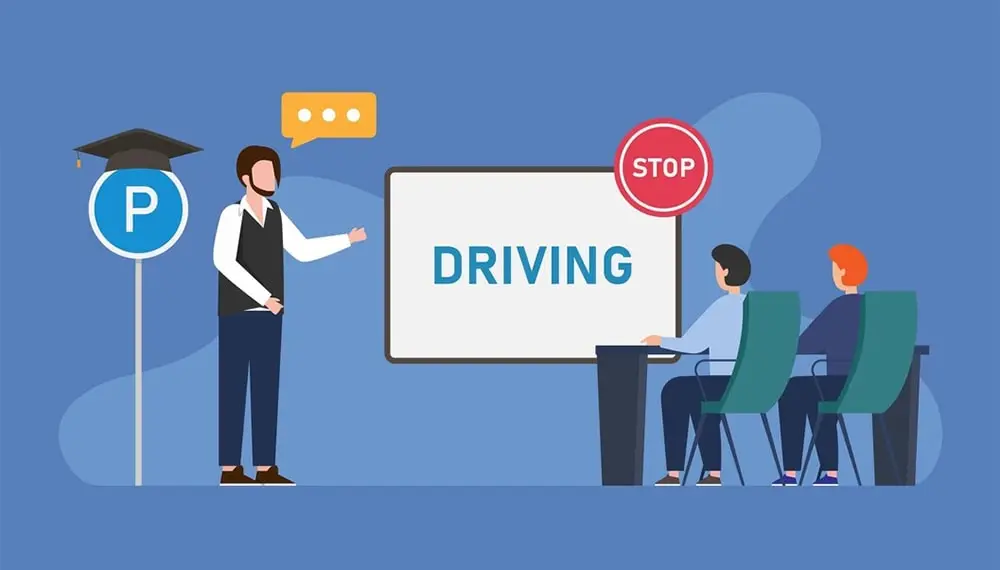Blended Learning: Pros and Cons
Rohit Kumar
20 Aug, 2024

Blended learning, a dynamic fusion of time-tested classroom instruction, and the flexibility of online learning activities have revolutionized education. This adaptable approach fosters an engaging learning environment that caters to each learner's unique needs and preferences.
Blended learning empowers educators to move beyond the confines of a traditional textbook, incorporating multimedia elements, interactive exercises, and real-world applications into the curriculum. This fosters a deeper understanding of the material and keeps learners actively engaged.
Defining Blended Learning
Blended learning is like education remixed—a dynamic blend combining in-person and online learning. This approach combines the personal touch of face-to-face instruction with the interactivity of digital resources.
Imagine this: learners watch an engaging video lecture at home, absorbing knowledge at their own pace. Then, they come to class ready to dive into discussions, clarify doubts, and collaborate with their peers. This creates a lively learning environment where ideas spark, connections are made, and understanding deepens.
With blended learning, education becomes a thrilling adventure where learners are encouraged to take ownership of their learning journey. They can access diverse resources, explore topics in greater depth, and develop essential 21st-century skills like critical thinking, collaboration, and communication.
Difference Between Hybrid and Blended Learning
While often used interchangeably, hybrid and blended learning have distinct differences. Hybrid learning involves teaching learners simultaneously in a physical classroom and remotely using video conferencing technologies. This method requires the instructor to manage both in-person and online learners concurrently.
Blended learning, on the other hand, sequentially combines traditional classroom instruction with online activities. For instance, learners might attend an in-person lecture and complete related online quizzes at home. The critical difference lies in the delivery method, with hybrid learning focusing on simultaneous instruction and blended learning sequentially integrating various learning activities, providing a more comprehensive learning experience.
Pros of Blended Learning
-
Engaging Educational Experience: Blended learning injects excitement into education with interactive elements and diverse content. Students actively explore concepts through games, simulations, and multimedia, keeping them engaged and catering to different learning styles. It's learning made fun and effective for everyone.
-
Self-Guided Learning: Blended learning empowers learners with flexibility and autonomy, allowing them to access materials and complete assignments independently. This game-changer for busy adults juggling work, family, and education. The self-paced approach encourages better time management and lets learners focus on challenging topics quickly.
-
Enhanced Learner Engagement: Blended learning injects educational energy with diverse instructional methods and interactive digital tools. Learners are active participants, not passive listeners, creating a dynamic and engaging learning experience.
-
More vital Comprehension: Blended learning leverages the flipped classroom model, where learners study theory independently and then apply it in the classroom. This approach reinforces comprehension and knowledge retention. Hands-on activities further solidify learning, transforming abstract concepts into practical skills.
-
Comprehensive Analytics: Learning management systems (LMS) provide detailed analytics, tracking learner progress and identifying areas where they excel or need additional support. This data empowers educators to offer personalized feedback and guidance, tailoring instruction to each student's needs.
Cons of Blended Learning
-
New Skill Set for Teachers/Instructors: Blended learning requires a significant shift in educators' skill sets. They must master new technologies and platforms and become adept at creating engaging online content that complements in-person instruction.
-
Plagiarism: Blended learning's digital nature creates new challenges in maintaining academic integrity. The ease with which learners can access and share information online increases the risk of plagiarism.
-
Increased Expenses: Transitioning to blended learning requires a financial commitment. Initial investments in software, content creation tools, and infrastructure upgrades can be substantial. The ongoing costs of maintaining platforms, providing technical support, and training staff further add to the financial burden.
-
Access and Equity: Blended learning's success hinges on ensuring all learners have equal opportunities to thrive. However, not all learners have the same access to technology or support systems. Additionally, some learners may need help with the self-directed nature of blended learning or a supportive home environment.
-
Adaptability: The shift to blended learning can encounter resistance from educators and learners accustomed to traditional methods. Overcoming this reluctance necessitates a well-thought-out change management approach, including ample training and support for all stakeholders. Moreover, the intricate nature of blended learning, with its diverse tools, methods, and schedules, demands planning and coordination to create a smooth and practical learning experience.
With over 20 years of experience in talent management and e-learning, Core Competency is well-equipped to help organizations determine if blended learning is a suitable fit. By leveraging their extensive expertise and innovative solutions, Core Competency can assess your specific learning needs and goals, ensuring a seamless and effective transition to blended learning.
Our comprehensive range of services, including Learning Management Systems (LMS), custom e-learning development, and interactive video production, supports creating and delivering engaging and flexible learning experiences. Core Competency also offers analytics to track learner progress and identify areas for improvement, ensuring that the blended learning approach maximizes educational outcomes.
Our user-friendly platforms and expert consultation services ensure educators and learners receive the necessary support and training to thrive in a blended learning environment. Whether you want to enhance learner engagement, improve comprehension, or provide flexible learning options, Core Competency can provide the tools and expertise to make blended learning a successful component of your educational strategy.




